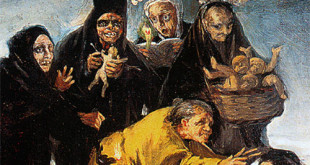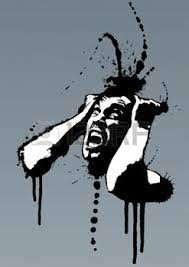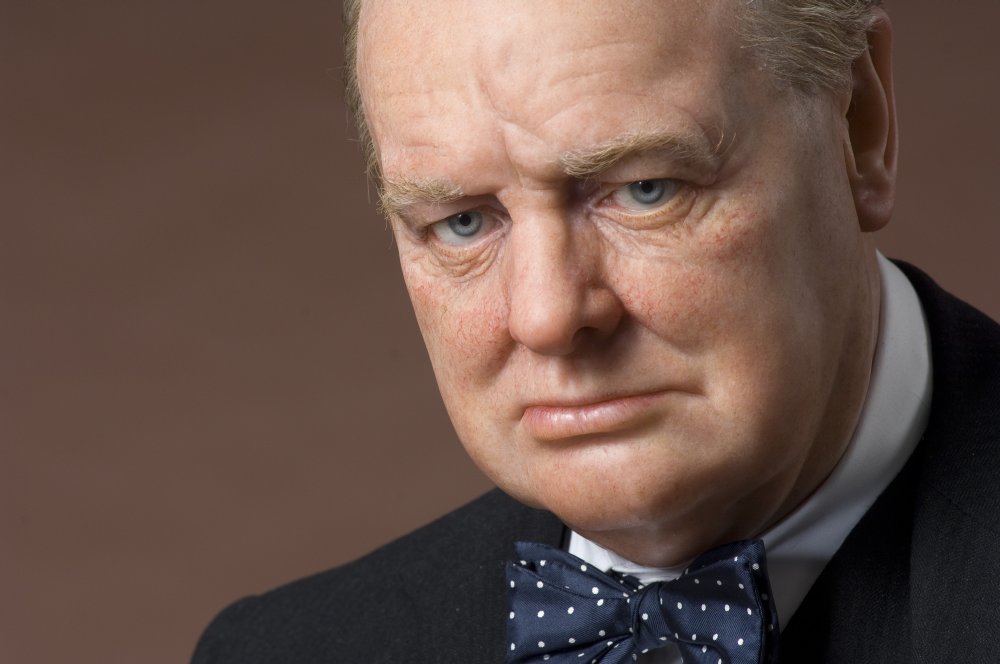atardecer en el rio orinoco…… ¡Pueden acabar con la economía! ¡Pueden acabar con la sociedad! ¡Pueden acabar con la vida! Pero ese País que ves en ese atardecer siempre nos estará esperando para que lo volvamos a recuperar
Ampliar »De Interés
Reseña de nuestra participación en el American Academy of Dermatology 74 th Annual Meeting
Exitosa participación de nuestra Sociedad en el American Academy of Dermatology 74 th Annual Meeting
Ampliar »Obituario: Dr Amilcar Julio Rothe Villarroel
Es necesario que en la práctica médica aceptemos la incertidumbre y nuestra ignorancia
Hidradenitis Suppurativa: A Guide for the Practicing Physician
Interventions for hidradenitis suppurativa: a Cochrane systematic review incorporating GRADE assessment of evidence quality
Evidence-based approach to the treatment of hidradenitis suppurativa/acne inversa, based on the European guidelines for hidradenitis suppurativa.
Hidradenitis suppurativa: an update
The off-label treatment of severe hidradenitis suppurativa with TNF-alpha inhibitors: a systematic review
Viñeta Edición 387
Francisco de Goya “Las Brujas”. Detalle del cuadro del Museo Lázaro Galdiano
Ampliar »Anuncios SVDERMA Edición 386
Reunión Mensual: Instituto de Biomedicina, 13 de febrero 2016. Calendario de eventos - 2016 (Actualizado Enero 28)
Ampliar »Subversion of Retrograde Trafficking by Translocated Pathogen Effectors
JAMA Medical News & Perspectives: Researchers Focus on Solving the Zika Riddles
Cuatrocientos años desde la condena de la ciencia
Quorum Sensing: la comunicación microbiana
Mancheta Ed. 386
«El comportamiento humano no es genético sino epigenético, el niño de dos o tres años asume el ambiente en el que vive, y también el odio por todas esas cosas atroces que han pasado y que pasan todavía». Rita Levi Montalcini
Ampliar »The history of dermatology, venereology and dermatopathology in different Glob Dermatol
“JOSÉ GREGORIO HERNÁNDEZ” award of the Venezuelan Academy of Medicine at Pembroke College
Mycetoma: a unique neglected tropical disease
Update of the Guideline on Dermatopathology
Mancheta Ed.385
Cuando el agua te llega al cuello, no te preocupes si no es potable. Stanislaw Lec (1909-1966) Escritor polaco de origen judío.
Ampliar »Calendario Eventos Nacionales 2016
OMS: Fin del brote más reciente de ebola en Liberia
Comunicado de prensa 14 de enero de 2016 | Liberia – La Organización Mundial de la Salud (OMS) declara hoy el fin del brote más reciente de enfermedad por el virus del Ebola en Liberia y anuncia que se han roto todas las cadenas de transmisión conocidas en África occidental. …
Ampliar »New treatment models for compulsive disorders
Grant JE1, Fineberg N2, van Ameringen M3, Cath D4, Visser H5, Carmi L6, Pallanti S7, Hollander E8, van Balkom AJ9. Author information Abstract Obsessive compulsive disorder (OCD) as well as related disorders such as body dysmorphic disorder, tic disorder, and trichotillomania are all common and often debilitating. Although treatments are …
Ampliar »Defining treatment response in trichotillomania: a signal detection analysis
Houghton DC1, Capriotti MR2, De Nadai AS3, Compton SN4, Twohig MP5, Neal-Barnett AM6, Saunders SM7, Franklin ME8, Woods DW9. Author information Abstract The Massachusetts General Hospital Hairpulling Scale (MGH-HPS) and the NIMH Trichotillomania Severity Scale (NIMH-TSS) are two widely used measures of trichotillomania severity. Despite their popular use, currently no …
Ampliar »Trichobezoar Causing Gastric Perforation: A Case Report
Ahmad Z Ms1, Sharma A Ms1, Ahmed M Md2, Vatti V Ms1. Author information Abstract Trichobezoars are impactions of swallowed hairs in the stomach and occasionally in the intestine. They occur in emotionally disturbed, depressed, or mentally retarded patients who have trichotillomania and trichophagia. Trichobezoars are usually diagnosed on CT …
Ampliar »What Future Role Might N-Acetyl-Cysteine Have in the Treatment of Obsessive Compulsive and Grooming Disorders?: A Systematic Review
J Clin Psychopharmacol. 2016 Feb;36(1):57-62. doi: 10.1097/JCP.0000000000000431. Smith L1, Tracy DK, Giaroli G. Author information Abstract Licensed pharmacological treatments for obsessive-compulsive disorders include selective serotonin reuptake inhibitors and tricyclic antidepressants. However, a large proportion of patients show minimal or no therapeutic response to these treatments. The glutamatergic system has been …
Ampliar »Impaired Executive Functioning In Pediatric Trichotillomania (Hair Pulling Disorder)
Flessner CA1, Brennan E1, Murphy YE1, Francazio S1. Author information Abstract BACKGROUND: No neurocognitive examinations of pediatric trichotillomania (hair pulling disorder; HPD) have taken place. As a result, science’s understanding of the underlying pathophysiology associated with HPD in youths is greatly lacking. The present study seeks to begin to address …
Ampliar »Mancheta Ed.384
SVDMQE: Feliz Navidad y Próspero año 2016
GALDERMA: Agradecimientos y Feliz Navidad Y Prospero 2016
Guía de vigilancia: Sika virus
Enviado gentilmente por: Dra. Luz Marina Aular M. Archivo adjunto: Guia-de-vigilancia-virus-zika.pdf
Ampliar »AEDV: Aplicaciones de smartphone útiles para el dermatólogo
Archivo adjunto:
Ampliar »Actas Dermosifilográficas Noviembre 2015
Estimado/a amigo/a: Os informamos de que el Número de Diciembre de Actas 2015 ya está disponible, para acceder al texto completo os recordamos que debéis hacerlo a través de la zona privada de la web de la AEDV. Os dejamos con el Índice del contenido, esperamos que sea de vuestro …
Ampliar »Mancheta Edición 383
Un fanático es alguien que no puede cambiar de opinión y no quiere cambiar de tema. Wiston Churchill
Ampliar »Reseña LI Reunión Anual y IX Congreso de Dermatología
Estimada Familia Dermatológica Reciban un especial agradecimiento. Con la alegría y satisfacción de saber, que hemos disfrutado en nuestra LI Reunión Anual y IX Congreso de Dermatología, compartiendo juntos vida, amistad, confraternidad y academia , presencia con el sacrificio implícito de dejar todo y apoyarnos con su presencia, tiempo …
Ampliar »Qué tipos de tratamientos resultan más eficaces para prevenir el herpes labial?
Interventions for prevention of herpes simplex labialis (cold sores on the lips). Chi CC, Wang SH, Delamere F y colaboradores. Cochrane Database Syst Rev. 2015; N° 8: CD010095.
Ampliar »Retinopatía por hidroxicloroquina: nuevas evidencias y recomendaciones
Actual. Med. 2014; 99: (792): 85-91 Revisión
Ampliar »Protegido: Actualización en hidradenitis supurativa
No hay extracto porque es una entrada protegida.
Ampliar »Mancheta Ed.382
«El miedo tocó a la puerta, la fe salió a abrir y el miedo ya no estaba«. Martín Luther King Líder y mártir de la igualdad
Ampliar » PIEL-L Latinoamericana Publicacion periodica en dermatologia | Fundada en 1998
PIEL-L Latinoamericana Publicacion periodica en dermatologia | Fundada en 1998









